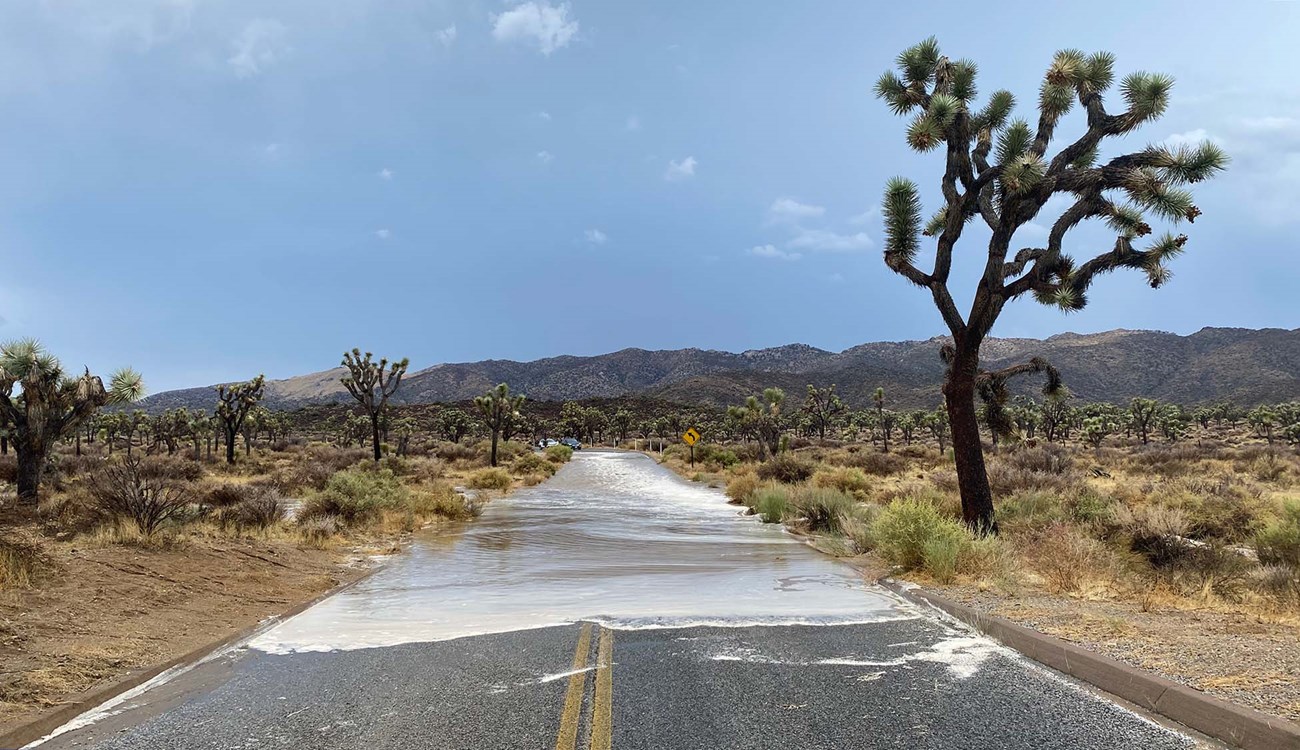
NPS / Anna Marini Though the desert is not known for its rain, desert storms and flooding can be deadly. The intensity of rain events in Joshua Tree can range from small pooling on roads and trails to dangerous flash floods. Flash floods are a sudden increase in the depth and speed of water and can occur in previously bone dry areas, including canyons, trails, roads, and washes. Floodwaters can carry large debris like tree trunks and boulders. Flash floods can occur at any time in Joshua Tree National Park and are most common in the late summer and early fall. 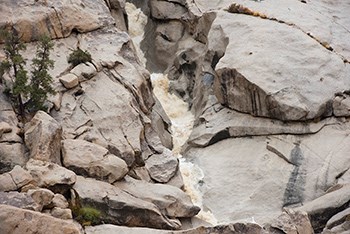
NPS / Hannah Schwalbe Flash Floods
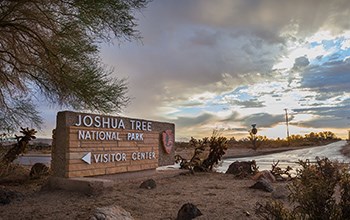
NPS / Evan Heck Before Your Visit
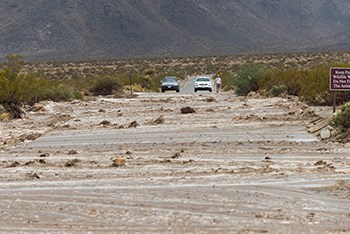
NPS / Brad Sutton Turn Around, Don't Drown
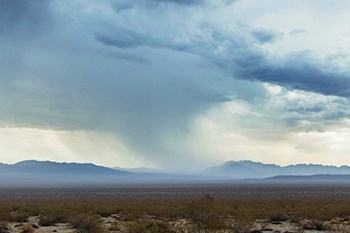
NPS / Brad Sutton Camping During a Storm
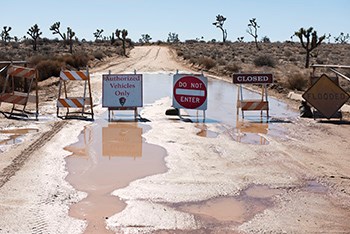
NPS / Hannah Schwalbe Closures and DamageFloods and rain events can cause significant damage to park infrastructure, including roads and trails. Respect closures during and after rain events. Driving on wet dirt roads can increase the damage. Check current conditions for park closures. |
Last updated: January 4, 2022
